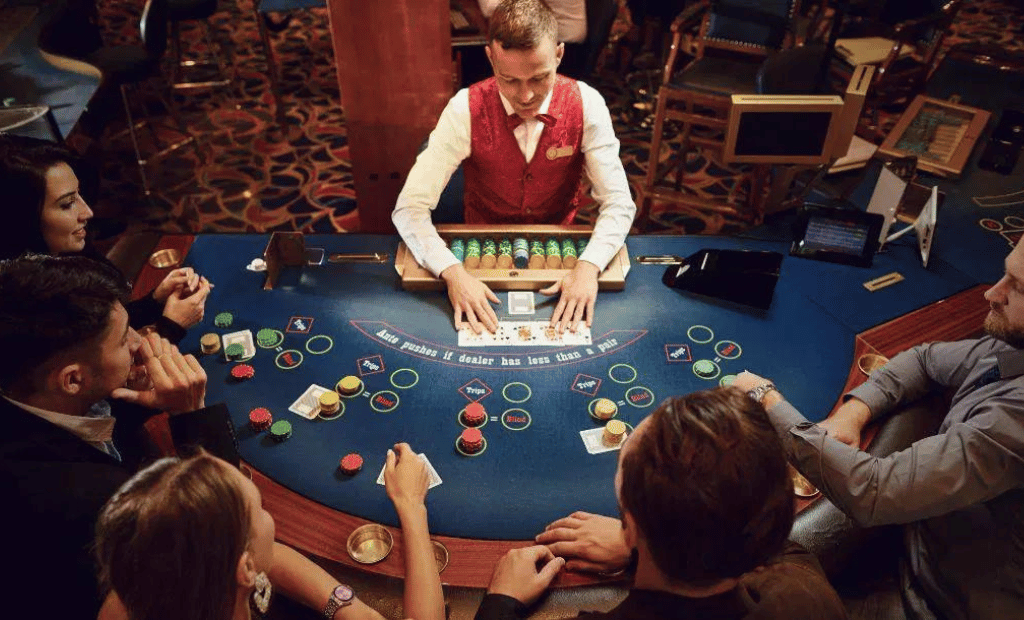Newbie blackjack players should know how to pick the right table that best matches their level of experience, strategy, and bankroll, with the lowest possible house edge and the best odds. Casinos often set traps for inexperienced players, but these can turn a newbie’s first moments on the gaming floor into a nightmare.
To find the right table, consider the table limit, number of decks, rules, and shuffling procedures. Low-limit tables are ideal for beginners, as they have less pressure and slower play. High-limit tables are more experienced, but it is not recommended to switch to these tables too soon.
The number of decks also affects the house’s edge against basic strategy players. To determine the number of decks used, look at the dealer shuffling the cards or checking the stack of cards in the shoe immediately after they have been shuffled.
Rules favouring the player vs. rules favouring the house are important factors to consider when choosing a table. Rules that are favourable to the player include surrender, early surrender, late surrender, doubling down on any initial two cards, doubling down on all soft hands, and doubling down after a pair is split. Single- and double-deck games are more favourable, as they are more difficult to find at gambling establishments.
The choice of table should also be based on the amount a blackjack is paid. Tables that pay 3:2 or 2:1 for blackjack are the best option, while tables that pay 6:5, 7:6, or even money should be avoided. Games that don’t allow doubling down after a pair is split, doubling down on soft hands, or permit doubling down only on hands totalling 10 and 11 are not favourable to the player.
Finding the right table for blackjack is crucial for a successful and enjoyable experience. Rules play a significant role in the house edge of blackjack, with some rules having a greater impact on the player’s advantage than others. For example, the house edge increases around 0.2% when rules specify that the dealer hits on soft 17, 0.05% when players are not allowed to re-split non-ace pairs, and 0.07% if players can re-split twice. Early surrender is a favourite rule, but it causes the house edge to drop by about 0.6%. Games that pay 6:5 for a blackjack increase the house edge by nearly 1.39%.
The shuffle method also affects player strategy, with single- and double-deck games usually hand-shuffled by the dealer. However, with multi-deck games, dealers usually use automatic card shufflers, which can be particularly dreadful. The Continuous Shuffling Machine (CSM) is one such machine that increases the house edge by approximately 0.1% in a six-deck game.
Automatic shufflers don’t significantly affect the house’s odds against players when used in multi-deck games. Dealers usually have two separate sets of the same number of decks, with one set being used by the dealer and the other being shuffled.
For beginners, finding the right table at a land-based casino can be challenging, but it is essential to choose a table that best matches your bankroll. Low-limit tables are generally the liveliest, while higher limits are more suitable for experienced players.
Playing at a full table, rather than a table with just a couple of players or a table with just you and the dealer, can significantly decrease your bankroll’s exposure to the house edge. Online casinos and mobile apps offer similar entertainment options, but it is crucial to check the rules of your chosen game before starting to play.

